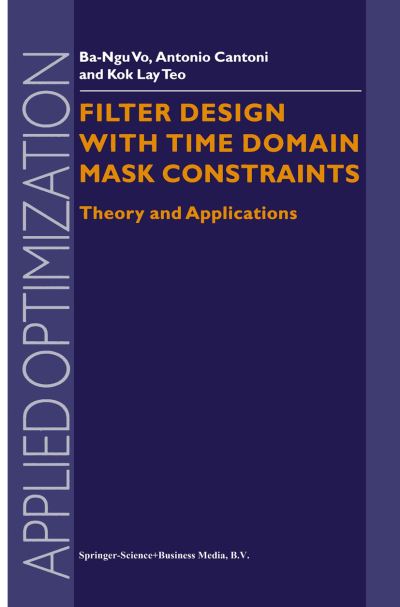
Optimum envelope-constrained filter design is concerned with time-domain synthesis of a filter such that its response to a specific input signal stays within prescribed upper and lower bounds, while minimizing the impact of input noise on the filter output or the impact of the shaped signal on other systems depending on the application. In many practical applications, such as in TV channel equalization, digital transmission, and pulse compression applied to radar, sonar and detection, the soft least square approach, which attempts to match the output waveform with a specific desired pulse, is not the most suitable one. Instead, it becomes necessary to ensure that the response stays within the hard envelope constraints defined by a set of continuous inequality constraints. The main advantage of using the hard envelope-constrained filter formulation is that it admits a whole set of allowable outputs. From this set one can then choose the one which results in the minimization of a cost function appropriate to the application at hand. The signal shaping problems so formulated are semi-infinite optimization problems.
This monograph presents in a unified manner results that have been generated over the past several years and are scattered in the research literature. The material covered in the monograph includes problem formulation, numerical optimization algorithms, filter robustness issues and practical examples of the application of envelope constrained filter design.
Audience: Postgraduate students, researchers in optimization and telecommunications engineering, and applied mathematicians.
| ISBN: | 9780792371380 |
| Publication date: | 31st October 2001 |
| Author: | BaNgu Vo, Antonio Cantoni, K L Teo |
| Publisher: | Springer an imprint of Springer US |
| Format: | Hardback |
| Pagination: | 329 pages |
| Series: | Applied Optimization |
| Genres: |
Software Engineering Electronics: circuits and components Digital signal processing (DSP) Optimization Applied mathematics Electrical engineering Electronics engineering |